When it comes to finding the perfect grass for your lawn, there’s a lot to consider. There are so many different types of grass out there, all with their own unique strengths and weaknesses. Bahia grass and St. Augustine grass are two popular options for lawns. But which one should you choose? In this blog post, we’ll discuss the benefits and drawbacks of each type so you can decide which one is better for your needs! We’ll also dig into details like water requirements and maintenance tips that could help make your decision easier. If you are seeking answers on the comparison between Bahia and St. Augustine grass, please continue reading.
Table of Contents
Comparing Bahia grass vs. St. Augustine Grass
Appearance
Bahia grass is a coarser-textured grass with broad leaves. It’s light to dark green in color and spreads by stolons or runners. St. Augustine grass has a finer texture than Bahia and grows in thick, carpet-like mats. The grass has broader leaves than Bahia but narrower leaves than most other warm season grasses.
Adaptability
Both grasses thrive in warm weather, but St. Augustine has better cold tolerance and can withstand temperatures as low as 20°F, while Bahia will not survive below 32°F. St. Augustine typically needs more water and nutrients than Bahia as well, so it may be costlier to maintain over time if you’re using turfgrass fertilizers on your lawn.

Weed Control
Both Bahia and St. Augustine are susceptible to weeds, so the use of herbicides is important for good control. However, St. Augustine may require more frequent applications because it tends to grow in thicker patches that can be harder to penetrate with chemicals than Bahia’s thinner growth. [1]
Best Uses
Bahia grass is better for low-maintenance lawns and areas that need tougher turfgrass. Since it spreads quickly with stolons, it can be a good choice for erosion control on sloped hillsides or other difficult to mow spaces. St Augustine may be the better option if you require a softer, more visually appealing lawn, but keep in mind the higher costs associated with its maintenance.
Seeding Rate
The seeding rate for Bahia grass is 6-8 pounds per 1000 square feet, while the seeding rate for St. Augustine is 3-4 pounds per 1000 sqft. Depending on your lawn size and desired coverage, you will want to purchase enough seed to get the job done correctly.
Growth Rate
Bahia grass has a faster growth rate than St. Augustine, meaning it can fill in a lawn more quickly and provide coverage sooner. However, St. Augustine is more cold tolerant and can withstand lower temperatures better than Bahia grass.
Soil Types and pH Needs
Both Bahia and St. Augustine prefer well-drained soils with a pH of 6.0 to 7.0, although St. Augustine is more tolerant of alkaline soils than Bahia grass. Both varieties require frequent watering and fertilization for optimal growth and development. [2]
Water Need
Bahia grass will require less water than St. Augustine and is more drought tolerant, meaning it can survive with fewer watering sessions during dry spells. St. Augustine, on the other hand, requires regular watering to stay green and healthy.
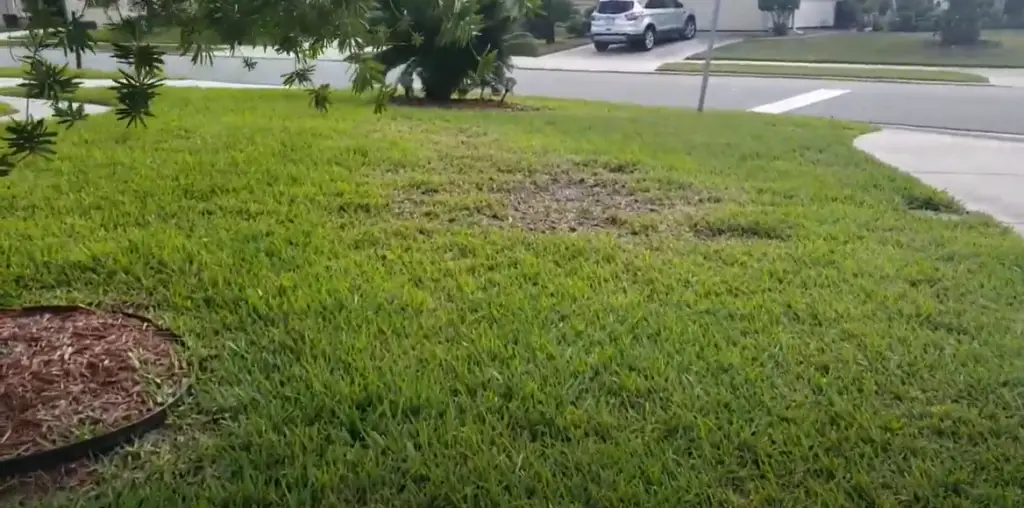
Sun, Shade, and Temperature Requirements
Bahia Grass and St Augustine Grass have different needs when it comes to sun, shade, and temperature. Bah grass tends to prefer full sunlight but can tolerate better than St Augustine grass. In addition, it does not require as high temperatures in order to thrive; it grows well even in hot climates that would be too extreme for St Augustine grass. On the other hand, St Augustine grass needs a lot of sun in order to grow properly and also requires higher temperatures than Bahia grass. Ultimately, if you live in an area with very hot summers or lots of shade, then Bahia grass may be the better choice for your lawn.
Durability and Maintenance
Bahia Grass and St. Augustine Grass differ in terms of their durability and maintenance requirements. If you have a lawn that gets a lot of foot traffic, Bahia grass may be a better choice than St. Augustine grass because it is much stronger and more resistant. While both types of grass require regular mowing, fertilizing, and trimming to keep them looking healthy, Bahia grass requires less intensive upkeep than its counterpart. Additionally, its deep root system helps to prevent soil erosion in areas with heavy rainfall or water runoff. However, it should be noted that St Augustine grass has shallow roots and can be easily damaged if not maintained correctly.
Common Pests and Disease
Finally, Bahia Grass and St Augustine Grass also differ when it comes to their susceptibility to pests and disease. While both types of grass can be vulnerable to weeds and fungal infestations, Bahia Grass tends to fare better against these problems than St Augustine Grass does. Additionally, its dense growth habit helps to prevent the spread of weed seeds in your lawn. On the other hand, St Augustine grass is much more susceptible to fungal diseases such as brown patch or gray leaf spot due to its shallow root system. Therefore, if you live in an area prone to pests and disease, then Bahia grass may be a better choice for your lawn. [3]

Are There Better Strains of Bahia Grass or St. Augustine Grass?
It is important to note that there are a variety of strains within each type of grass. The specific strain chosen can have an impact on the overall performance when it comes to Bahia Grass versus St. Augustine. For example, some strains of Bahia Grass may be more tolerant to drought or shade while others may be more resistant to diseases and insects. On the other hand, certain varieties of St. Augustine may perform better in warmer climates or hold up better against foot traffic. When selecting either type of grass, research which strain will best suit your particular needs and climate conditions for optimal performance.
In summary, both Bahia Grass and St. Augustine Grass can make great lawn options depending on the particular needs and preferences of the homeowner. Some general guidelines can be used to assist in making a final decision, such as the climate conditions of the area, foot traffic, and shade. However, research should also be done into which strain of grass will work best for each individual situation. With the right selection, either type of grass can make an attractive and long-lasting addition to any lawn.
Cost of Bahia Grass vs. St. Augustine Grass
When it comes to cost, St. Augustine Grass is usually a bit more expensive than Bahia grass. Initial installation of either type of grass typically costs around $1 per square foot for the sod itself and can range up to about $4 per square foot for higher-quality varieties. When it comes to maintenance, Bahia grass is generally less costly as it requires less fertilizer, water, and mowing than St. Augustine Grass does.
However, the amount you’ll spend on upkeep will also depend on your specific location and climate conditions. Additionally, Bahia Grass has an overall lower price tag when compared with St Augustine Grass if you plan to use both in your lawn at different times during the year as Bahia is able to thrive in hotter temperatures.
Overall, both types of grasses are affordable options for landscaping and the cost difference between the two is usually minimal. Therefore, it’s important to consider other factors such as shade tolerance and water needs when deciding which type of grass is best for your lawn.
Can You Mix St. Augustine Grass and Bahia Grass?
The answer to this question is complicated because it depends on several factors and the local climate. In general, it is not advisable to mix St. Augustine Grass with Bahia Grass as they will compete for resources such as sunlight and nutrients in the soil, which can lead to an overall weaker lawn. Also, each grass requires different levels of care, from fertilization and mowing frequency to water needs and pest control; these care discrepancies could further weaken the lawn if mixed together. [4]
Overall, it is usually not recommended for homeowners to attempt mixing St. Augustine Grass and Bahia Grass. If you decide to do so, make sure you have taken the necessary steps towards creating an environment where both types of grasses can thrive without competing against each other. Also, work closely with a local nursery or landscaping firm that has experience in dealing with mixed-grass scenarios in order to ensure the best results possible. With careful planning and knowledge about each grass’s needs, it is possible to have a successful mix of St. Augustine and Bahia Grass.
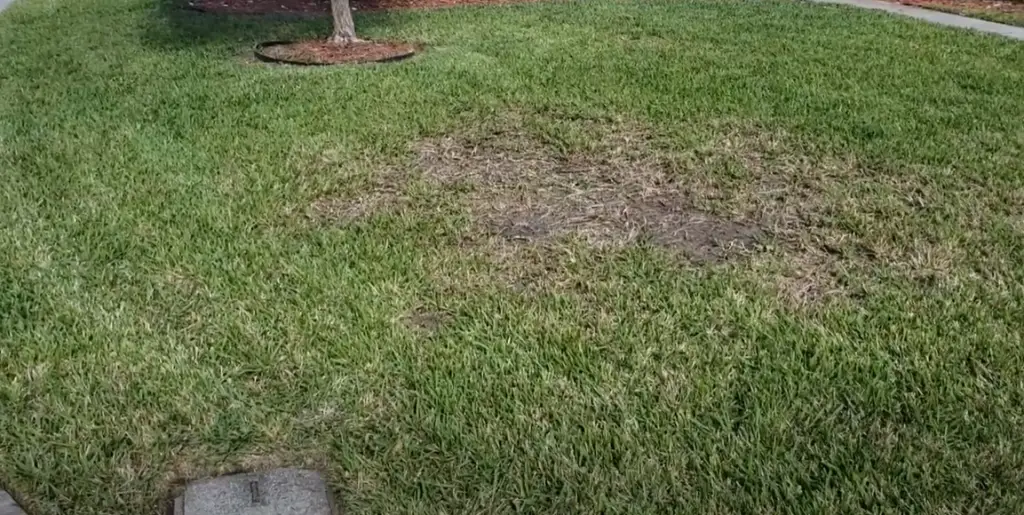
Which Grass to Choose?
When it comes to choosing the best grass for your lawn, there are two popular varieties: Bahia grass and St Augustine grass. Both types offer advantages and disadvantages depending on where you live, what kind of climate you have, and how much maintenance you are willing to put into taking care of your lawn.
Bahia grass is a warm-season type that is native to tropical regions around the world including most of Mexico, Central America and parts of South America. This type needs full sun in order to grow well. It does not tolerate shade very well and can suffer from numerous diseases if left unchecked. The good news is that Bahia grass is known for its drought resistance, making it an ideal choice for dry climates, and it can also tolerate salt.
St Augustine grass is a warm-season variety native to the southeastern United States. It grows best in USDA zones 8b through 11, and prefers full sun. One advantage of St Augustine grass is that it has good shade tolerance compared to other warm season types. In addition, this type handles wear and traffic better than most other grasses, making it ideal for high-traffic areas such as backyards with kids or pets.
Both Bahia and St Augustine grass are relatively low maintenance, although they may need some special care during extreme weather conditions or if you live in an area where weed control can be difficult. Ultimately the choice between these two popular varieties comes down to your individual needs and preferences. If you have a lot of sun, drought tolerance may be more important than shade tolerance. On the other hand, if you don’t get much sunshine in your area, then St Augustine grass might be the better choice. Ultimately it’s up to you to decide which type best suits your lifestyle and climate. Regardless of what type you choose, regular maintenance such as mowing and fertilizer should help ensure that your lawn looks its best. [5]
So when it comes to Bahia grass versus St Augustine grass – which is better? Both varieties are popular choices for homeowners, but ultimately it depends on where you live and what kind of conditions are present in your yard. Consider both types carefully before making a decision, and you can be sure that your lawn will look beautiful for years to come.

FAQ
What are the disadvantages of St. Augustine grass?
St. Augustine grass can be quite susceptible to certain types of disease, such as chinch bugs and brown patch. It also has a tendency to form thatch, which can cause problems if it isn’t managed properly. Additionally, St. Augustine grass requires a lot of water and fertilizer in order to stay healthy and green.
What are the advantages of Bahia Grass?
Bahia grass tends to require much less water and fertilizer than St. Augustine grass does. It is also far more tolerant of drought conditions, making it a great choice for areas where water conservation is important. Additionally, Bahia grass stands up better to traffic than many other types of lawn grasses, making it ideal for parks or heavy-traffic areas.
Which is better for a cooler climate?
For a cooler climate, St. Augustine grass is typically the best choice. It is more cold-tolerant than Bahia grass and can stay green even in colder temperatures. However, if you are looking to conserve water, then Bahia grass might be the better option.
Which type of lawn needs less frequent mowing?
Bahia grass usually requires less frequent mowing than St. Augustine grass does, making it an ideal choice for homeowners who don’t want to spend lots of time maintaining their lawns. Additionally, because Bahia grass grows more slowly than St. Augustine grass does, it won’t need to be cut as often.
Can I put St Augustine over Bahia grass?
Yes, you can put St. Augustine grass over Bahia grass. However, it is important to make sure that the soil underneath is fertile and well-draining so that the new grass will be able to thrive. Additionally, it may be necessary to spray herbicides on the existing Bahia grass in order to ensure a successful transition.
Is St. Augustine grass better than Bermuda grass?
The answer to this question depends on several factors. St. Augustine grass is a warm-season grass that grows in tropical and subtropical climates, whereas Bermuda grass is a cool-season grass that does best in more temperate areas. Both grasses can tolerate some shade but prefer full sun for optimal growth. St Augustine has good tolerance for salt, so it’s often used near the coast or in other salinated environments. It also has good drought and disease resistance, making it ideal for less maintenance lawns. On the other hand, Bermuda grass is known for its quick establishment from seed and excellent wear tolerance, which makes it suitable for high traffic areas like athletic fields and golf courses.
Is Bahia a good grass in Florida?
Bahia grass is a warm-season grass, so it does well in tropical and subtropical climates like Florida. It has good drought tolerance and can withstand heavy traffic, making it an ideal choice for lawns in the state. It is also more resistant to pests than other warm season grasses, so it requires less maintenance overall. Additionally, Bahia grass has excellent salt tolerance which makes it suitable for coastal areas with high salt levels. Ultimately, the best type of grass for any given situation depends on its climate and soil conditions as well as its intended use. If you live in a temperate region or need a low maintenance lawn that can stand up to heat and humidity then St Augustine may be your best option. If you live in a tropical or subtropical area and want a grass that can withstand heavy traffic and salt then Bahia is an ideal choice. Ultimately, it’s important to research the available options for your specific climate and desired outcome before making a decision about which type of grass is best for you.
What is a disadvantage of Bahiagrass?
One of the main disadvantages of Bahiagrass is that it is not very tolerant of shade or drought. It prefers full sun and plenty of water to remain healthy and lush. Additionally, it requires more frequent mowing than St Augustine grass to keep its growth in check. Finally, Bahiagrass is susceptible to various disease organisms, proper cultural practices must be followed for its care. This includes careful fertilization and pest control measures such as irrigation and weed management. Without proper maintenance, Bahiagrass can become stressed and weak, thus increasing the risk of pests or diseases taking over.
Useful Video: St Aug vs Bahia
Conclusion
In conclusion, when deciding between Bahia Grass and St Augustine Grass for your lawn, it really depends on where you are located and what type of climate you have. If you live in a hot and dry climate with sandy soil then Bahia Grass is probably the better choice for your lawn. On the other hand, if you live in an area with moist soil and moderate temperatures then St Augustine grass will likely do better in your lawn. Ultimately, both types of grasses can provide a nice looking lawn but make sure to consider all factors before making your decision. Whichever type of grass you choose, be sure to properly care for it so that it can thrive!
By doing research on these two types of grasses and considering the characteristics of your climate and soil, you can make an informed decision that is right for your lawn. Taking the time to learn about these grasses will help ensure you choose the best one for you. With proper care, bothia Grass and St Augustine Grass provide a beautiful lawn for to come!
References:
- https://gatorsod.com/sod/
- https://lawnmodel.com/bahia-grass-vs-st-augustine/
- https://a-z-animals.com/blog/bahia-grass-vs-st-augustine-grass/
- https://lawnmowerguru.com/bahia-grass-vs-st-augustine/
- https://thebackyardpros.com/st-augustine-vs-bahia/

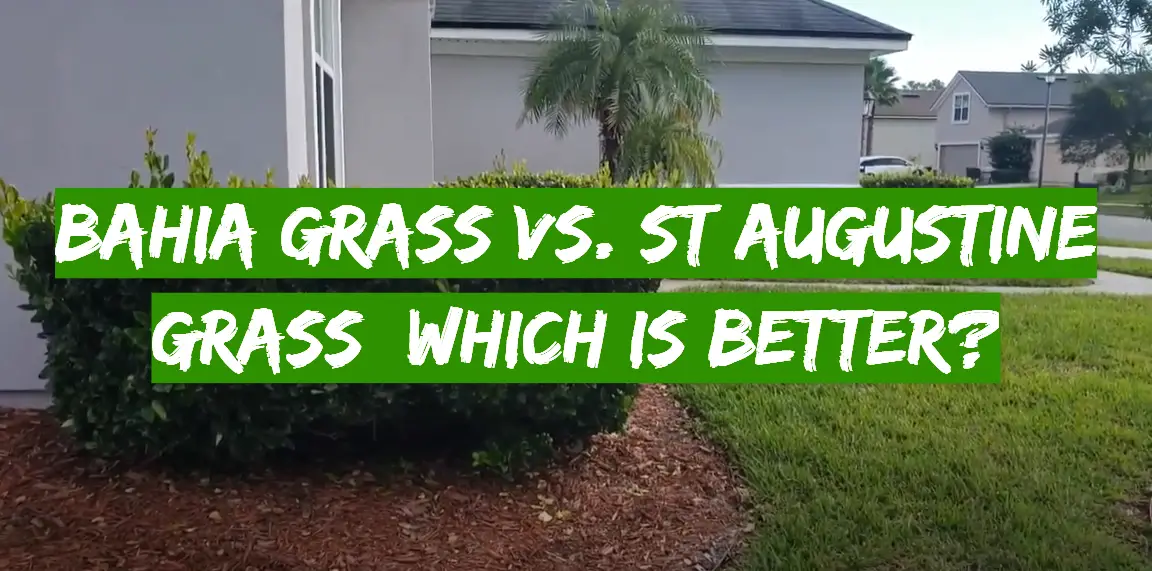


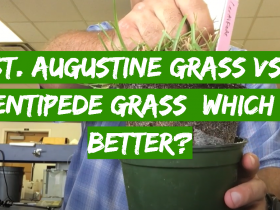
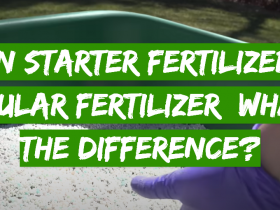
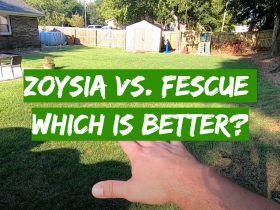
Leave a Reply
View Comments